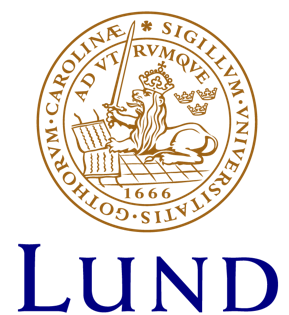
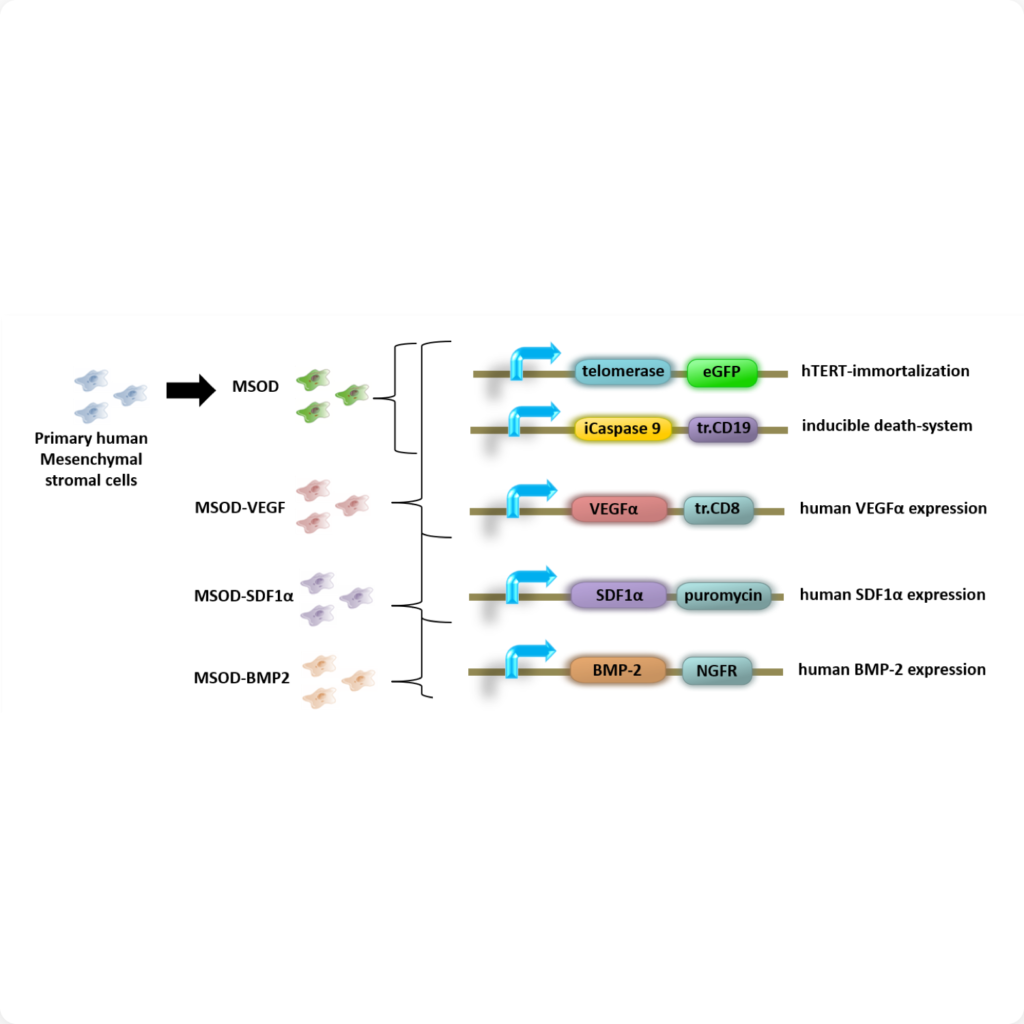
Death-inducible mesenchymal lines
The MSOD line was generated from primary human mesenchymal cells by implementing the immortalization and inducible apoptosis functions. Subsequently, additional lines were developed by further incorporation of gene expression systems.
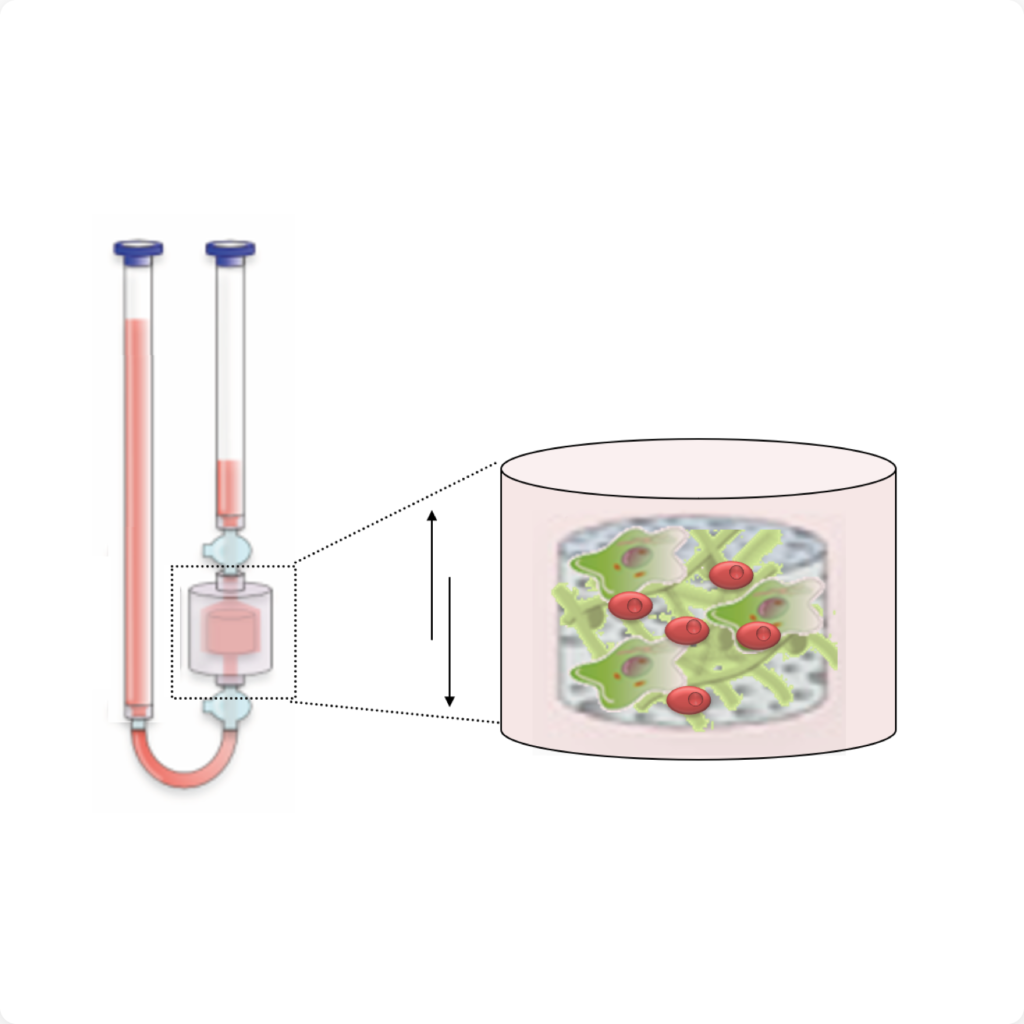
3D culture systems
The use of perfusion-bioreactor aims at facilitating the generation of upscaled in vitro models, through:
(i) Uniform cell seeding on scaffolding materials
(ii) Increase nutrient diffusion/waste removal
(iii) Mechanical stimulation via shear-stress control
Current model has been designed by the group of Prof. Ivan Martin, and is commercially distributed by Cellec AG Biotek.
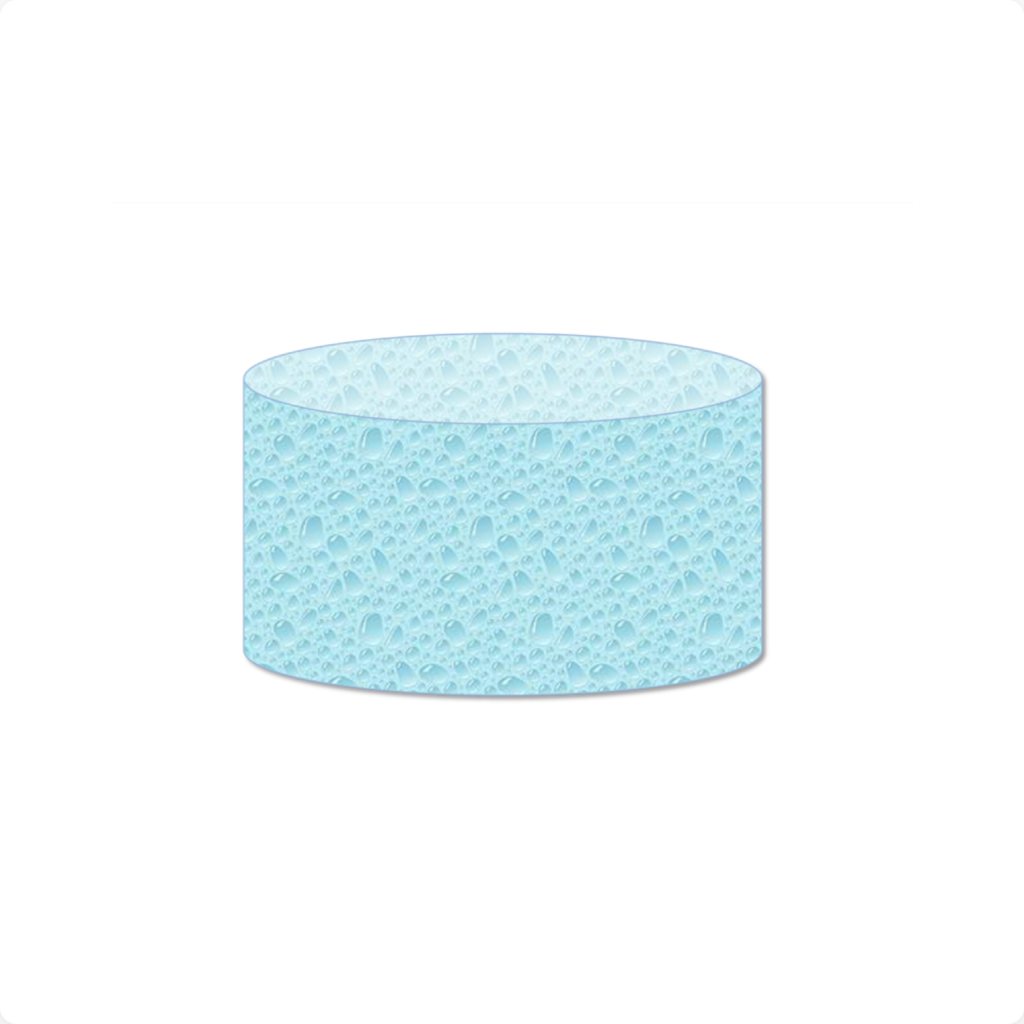
Scaffolding materials
3D substrate are often used in order to build grafts of a certain dimension, toward replacement of injured tissue of our body. Porous scaffolds mimicking the composition of the targeted tissue is often the primary selection criteria. Alternatively, materials can also be functionalized by extracellular matrix deposition, in order to instruct endogenous tissue repair. We routinely used collagen, ceramic and synthetic scaffolds to generate upscaled engineered tissues.
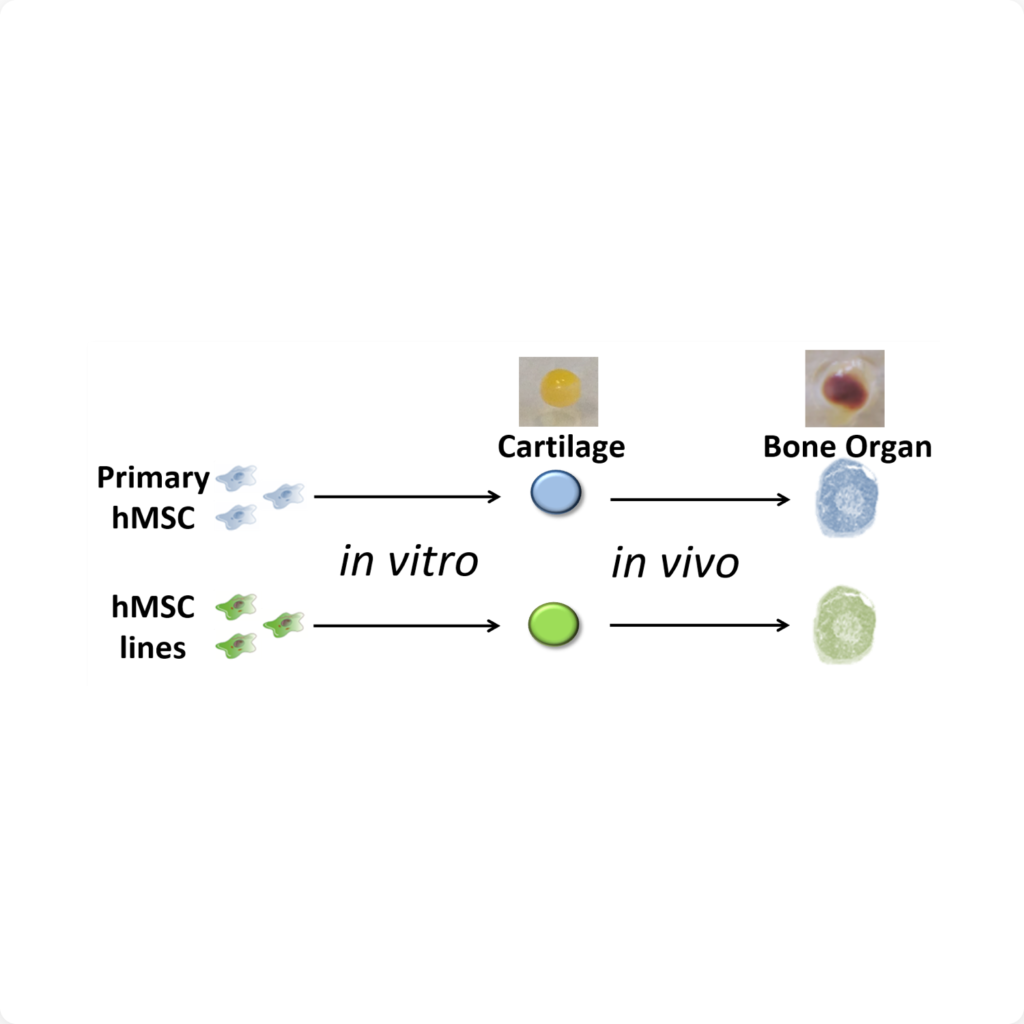
Generation of humanized ossicles
We developed developmental inspired protocol recapitulating the formation of Bone organ (Ossicle). This is achieved by in vitro priming of primary or dedicated hMSC lines (e.g. MSOD) in order to form cartilage tissue. Following ectopic implantation in mice, the enginered tissue naturally remodelled into a bone and bone marrow tissues. By combination with humanized mouse models, the ossicles can also host human hematopoiesis. Overall, this provides an advanced model to study cartilage, bone and bone marrow establishment in a humanized setting.
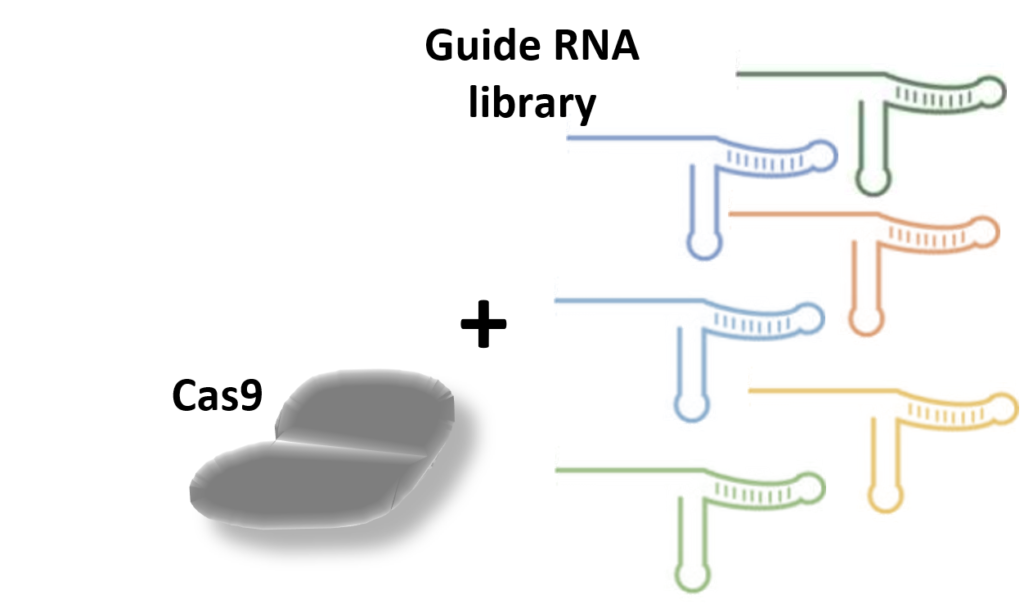
CrispR/Cas9 gene editing
We exploit this technology for the reprogramming of mesenchymal cells. This allows to modify their secretome at will, by knock in/off specific factors. Subsequently this will result in a modification of the graft protein composition for custom content.


